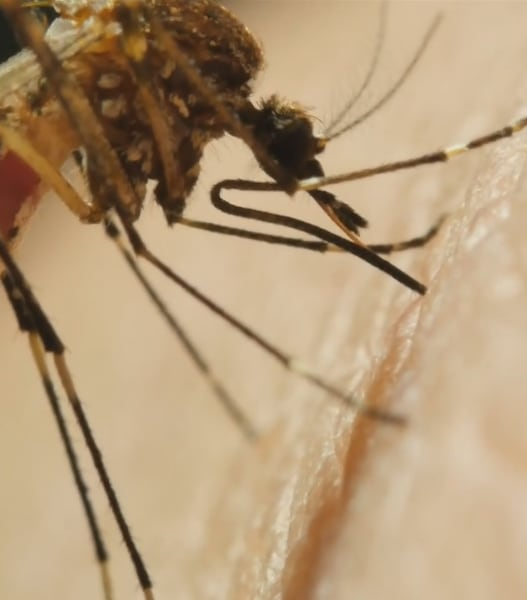Scientists can now determine how quickly the whole body is aged based on a brain snapshot in a new study.
Scientists who published their discoveries in the journal on July 1 Natural agingWe have developed a benchmark of biological aging based on brain MRI. The team says the tool can predict the future risk of chronic diseases such as personal cognitive impairment and dementia, heart disease, and physics. frailty And early death.
“Our paper uses information available in a single brain MRI to suggest a new way to measure how quickly a person is aged at a given moment.” Amad HaririPsychology and neuroscience professor of Duke University. “Fast aging increases our risk of many diseases, including diabetes, heart disease, stroke and dementia.”
Hariri and colleagues used this data Dungeon Study1,037 people from Dunzi, New Zealand, were born to middle age. Born in 1972 and 1973, the participants periodically received 19 evaluations to check their functions such as heart, brain, liver, and kidney.
To develop their tools, the team analyzed the brain MRI from 45 -year -old Nai A Cohort and executed data on the brain structure (volume, thickness, and white ratio of various brain areas). Gray protein -Please through machine learning algorithm.
They compared the processed brain data with other data collected from participants, such as physical and cognitive decline tests, subjective health and wrinkles, such as signs of aging. They argued that the greater decrease in the area was faster aging, overall, the characteristics of brain data with the corresponding indicators. They called the result model as “the dull speed of aging calculated by nerve images” or DunedInpacni.
relevant: Furus genetics is associated with the maximum lifespan of mammals.
Previously, the team created a similar tool called Dunedin Pace of Eging calculated from the Husan.Dunni Dean Space). In order to estimate people’s aging speed, this metrics saw a chemical tag attached to DNA molecules (chemical tags attached to DNA molecules) in a blood sample. Methylation is a type of “epigenetic genetic change,” which means that it changes genetic activity without changing the default code of DNA.
“(DunedInpace) is widely adopted by the available research. Furus genetic dataHariri said, “DunedInpacni now has no epigenetic data, but researchers have found similar results directly to DunedInpacni so that they can measure aging accelerated through brain MRI.
To see if their new tools are useful, the team used this to estimate aging speed using MRI in other data sets. 42,000 MRI of the UK BIOBANK; More than 1,700 MRIs in Alzheimer’s Nerve Video Initiative (ADNI); And in the Brainlat set containing data from five South American countries 369.
“The priority of brain imaging research is a large priority so that our findings are generalized in data sets and demographic groups.” Ethan WhitmanDuke’s doctoral student told live science by email.
They found that DunedInpacni could estimate the aging rate of other cohorts and did so as much as other measures used in the past.
The British BIOBANK and ADNI also include measurements on certain health effects of aging, including physical weakness tests such as grip strength and walking speed, heart attack, stroke, chronic obstructive pulmonary disease (COPD) and death due to all causes in cohorts. With these additional measures, the team was able to connect faster aging rates with the increase in the risk of heart attack, stroke, COPD and death with DunedInpacni.
Hariri believes that it may be widely adopted because the type of MRI used by DunedInpacni is collected routinely. Now he said, “It is a matter of having a standard that reflects” healthy “aging and” poor “aging.
“The fact that it works well with brainlat data is a great victory for the investigator because it supports the possibility of generalization of the model.” Dr. HendersonBrigham and Women’s first medical doctor and medical instructor at Harvard Medical School. “Genes and other factors are worth looking at other data sets in an important way,” he added.
Henderson said DunedInpacni is used to fine -tune the medical intervention of individual patients instead of conventional health measures. Whitman also has a wide range of effects on research. Assuming that it is verified by a doctor, I think it can help the patient to prepare age -related health problems before preparing for age -related health problems.
“I was really surprised that our tools could predict the risk of disease before our tools started.” Whitman told Live Science by email. “We usually think that this is why it is important to study aging, especially for young and healthy people. A lot of stories are missing when you study people only after illness.”
Brain Quiz: Test your knowledge of the most complex organs in your body.





































